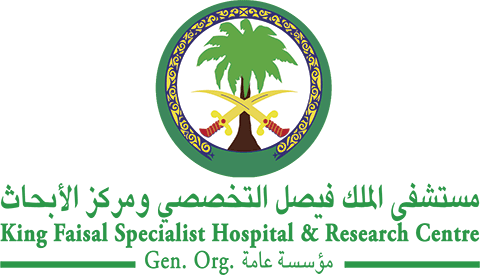Abstract
Objective/Background: Mixed chimerism is a major concern after allogenic hematopoietic stem cell transplantation (HSCT) using a reduced-intensity conditioning (RIC) regimen in primary immunodeficiencies (PIDs). A donor lymphocyte infusion (DLI) escalating dose regimen has been developed with the aim of reducing toxicity while preserving efficacy. However, the graft-versus-host disease (GvHD) development remains the most common and adverse effect of DLI and continues to be a limiting factor in its application, especially nonmalignant diseases such as PIDs. We prospectively evaluated PID patients after HSCT using RIC in Children s Medical Center, who were candidates for an escalating dose of DLI for MC from 2016 to 2018. Methods: With the median follow-up of 16.4 months, 12 patients (nine males and three females) with a median age of 3.72 years received DLI. The median number of DLI was 3.2 (range, 1–5), the maximum and total dose of DLIs administered per patient were 3.6 107 (range, 1–5) cells/kg CD3+ and 9.3 107 (range, 1–15) cells/kg CD3+ cells, respectively.
Results: Median donor chimerism at baseline before the DLIs was 41% (range, 11–73%), patients received DLIs at a median of 105 (range, 37–230) days and 52 (range, 3–168) days after the HSCT and onset of the MC, respectively. At the final assessment, six (54.5%) patients improved after DLIs at a median of 47.3 days. Conclusion: PID patients may benefit from DLI with an escalating dose regimen, but the GvHD development remains a concern during the DLI, and the optimum dose and frequency must be standardized.
Recommended Citation
Ali, Tahani; Behfar, Maryam; Mohseni, Rashin; Salajegheh, Pourya; Kheder, Maged; Abou-Fakher, Faihaa; Nikfetrat, Zeynab; Jafari, Fahimeh; Naji, Parisa; and Hamidieh, Amir Ali
(2023)
"Escalated dose donor lymphocyte infusion treatment in patients with primary immune deficiencies after HSCT with reducedintensity conditioning regimen,"
Hematology/Oncology and Stem Cell Therapy: Vol. 16
:
Iss.
3
, Article 12.
Available at: https://doi.org/10.1016/j.hemonc.2021.06.002
Creative Commons License

This work is licensed under a Creative Commons Attribution-Noncommercial-No Derivative Works 4.0 License.
Included in
Cancer Biology Commons, Hematology Commons, Oncology Commons

